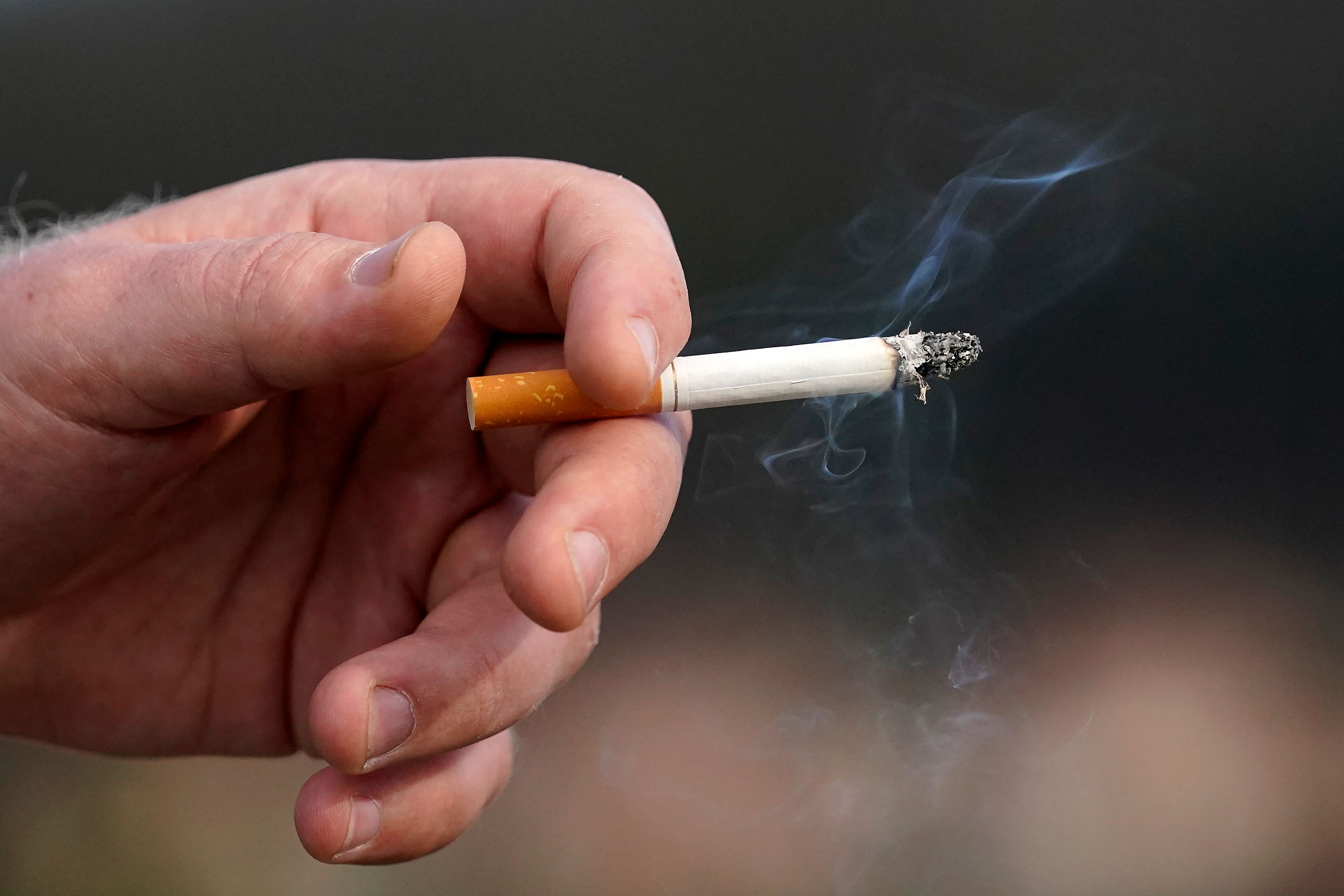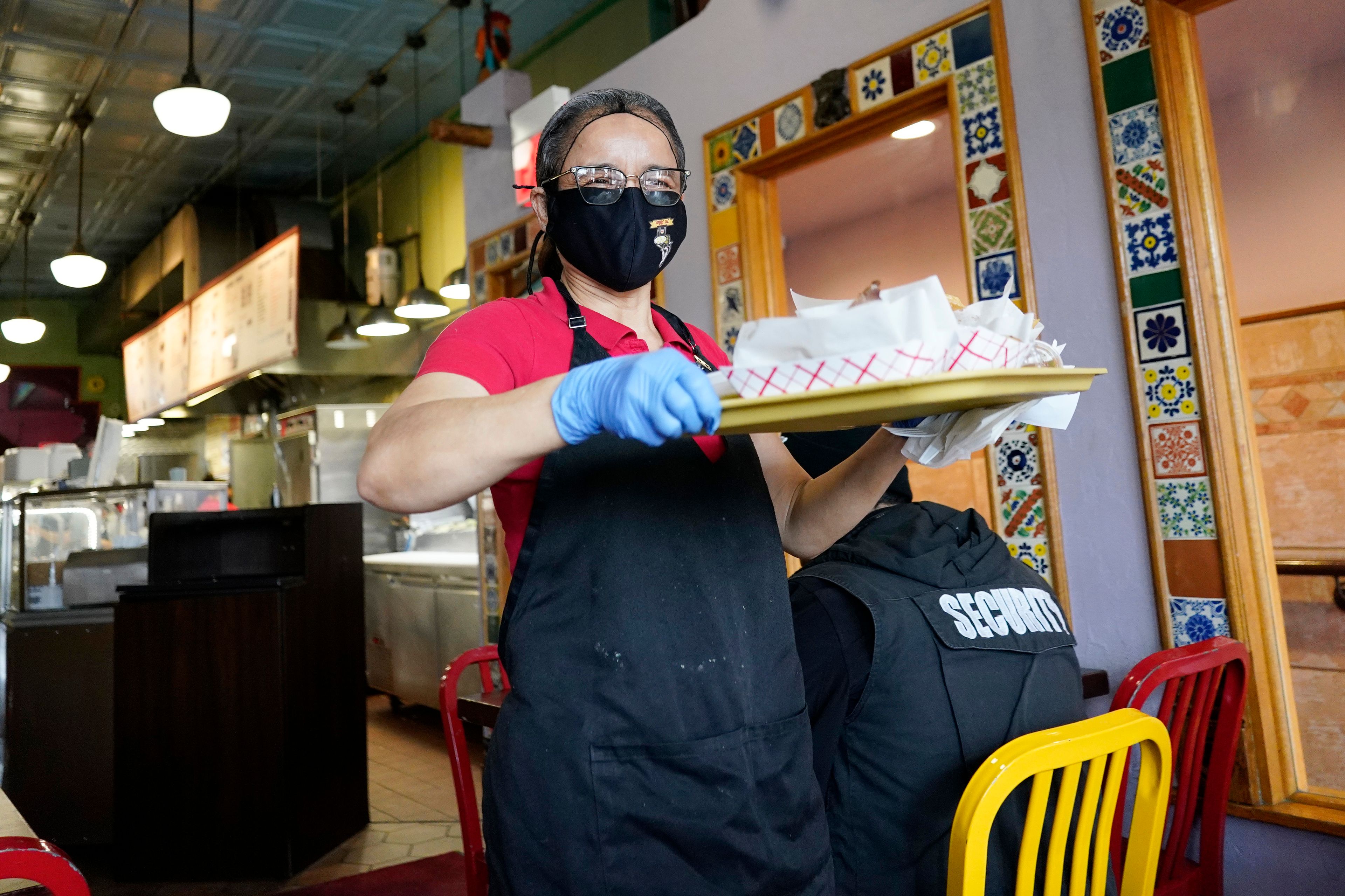Macintosh is a 10-year-old Schnauzer that has diabetes. His caretaker Paula has been treating him with an injection of insulin twice daily for the past 16 months and he has been doing quite well. Paula checks Mac's blood sugar level three to four times weekly and he appears to be well regulated. Recently, Mac has developed a mass along the top of his back just behind his shoulders. When Paula first noticed the mass, it was raised and about the size of pea. It now has grown to about one inch in diameter and has become reddened in color. Paula is understandably concerned about this mass and wants to have it removed but is also very concerned with the increased risk of infection associated with diabetes and surgery.
First of all, I want to congratulate Paula for her good work in treating Mac's diabetes. Diabetes is a common disease in our companions and is a fatal process. It can, however, be very effectively treated with long survival times when the blood sugar is well regulated. I also am thrilled to hear that Paula is able to monitor Mac's blood sugar.
Monitoring blood sugar requires a blood sample that is applied to a special strip which is inserted into a blood sugar or glucose meter. Within a few seconds, the meter responds with a blood sugar number that is ideally kept between 60 and 150 in dogs. Historically, it was very uncommon for caretakers to monitor their companion's blood sugar, but with the advent of newer meters requiring very tiny blood samples, it is now a much easier process.
I won't use the rest of my column to discuss diabetes only because Paula has a valid concern involving Mac's likely need for surgery.
Without question, diabetic patients are at a greater risk of developing infection when compared with patients that do not have the disease. This is because of the microscopic tissue changes that occur with diabetes, as well as the effects the disease has on the immune system. As a result, Mac is at a greater risk of developing an infection with surgery to remove his mass. This however does not mean he can't have the surgery. To put this in what I consider to be proper perspective, let's say there is a one half of one percent chance of a "normal" patient developing an infection with surgery to remove a mass such as Mac's. If a patient with diabetes has a 100 percent increase in the risk for developing infection from a surgery of this type, we are still looking at a mere one percent chance on infection. These are not real numbers, but the point is made.
Mac should have the surgery, and while he's under anesthesia if needed, he should have his teeth cleaned as well. Dental disease can be a source of infection within the body, and as we know, diabetes can increase the chances that this type of infection will spread. I feel with what I know about Mac's case, there is a greater risk for him if the mass is left unaddressed when compared to the chance of infection from the surgery itself. It's also important to have the mass biopsied after removal to know whether or not it will require further follow-up.
--
Kahler is a veterinarian in Modest, Calif., who writes his column for the Modesto (Calif.) Bee.









